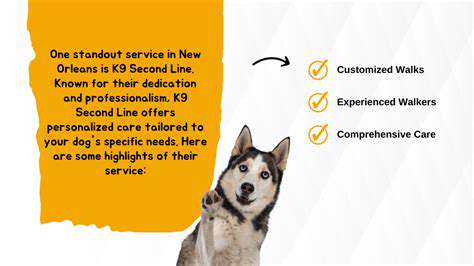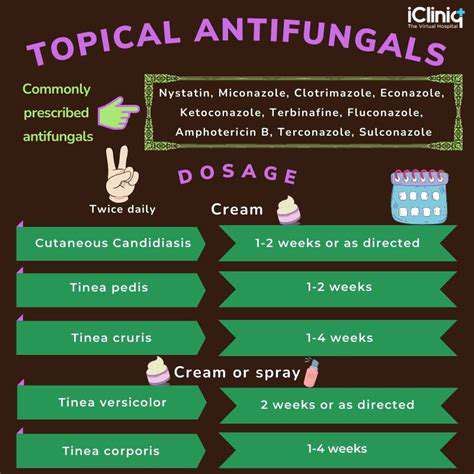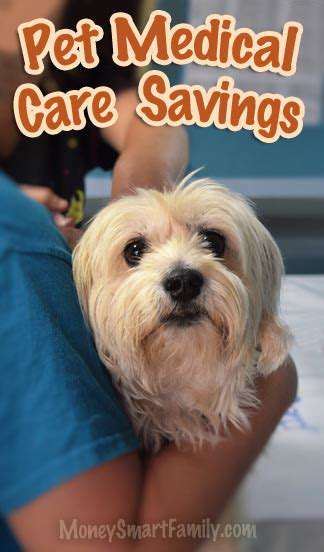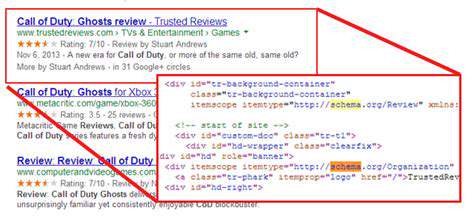Protecting Your Pet from Holiday Visitors
Providing a Secure and Comfortable Space
Transform a low-traffic area into a pet sanctuary. Familiarity is key—use their usual bed, unwashed bedding (for comforting scents), and puzzle toys stuffed with treats. White noise machines or soft music can drown out disruptive holiday sounds. For cats, elevate their space with a perch or hideaway box.
Stock this area with fresh water and portioned meals to avoid scavenging. Consider pheromone diffusers (Adaptil for dogs, Feliway for cats) to promote calmness. Pro tip: Rotate toys daily to maintain interest.
Recognizing and Responding to Stress Signals
Stress manifests differently across species. Dogs might pant or pace; cats could overgroom or hide. Birds may pluck feathers, while rabbits thump their hind legs. Learn your pet's unique tells—a normally vocal cat going silent can be as concerning as a dog's excessive barking.
When stress appears, act immediately. Lead your pet to their safe zone and engage in calming activities like gentle brushing or a training session (using high-value treats). For persistent anxiety, consult your vet about short-term solutions like trazodone for dogs or gabapentin for cats. Never punish stress behaviors—they're cries for help.
Creating a Safe Space for Your Pet
Understanding Potential Dangers
Holiday hazards lurk in unexpected places. Food is the 1 risk—chocolate, xylitol (in sugar-free treats), alcohol, and fatty meats cause emergencies. Even safe foods like turkey skin can trigger pancreatitis. Counter surfers? Use baby gates to block kitchen access.
Plants are equally treacherous. Poinsettias cause mild irritation, but lilies are lethal to cats. Holly and mistletoe berries induce vomiting. Opt for artificial arrangements or hang real plants well out of reach.
Securing Your Home Environment
Pet-proofing is a room-by-room mission. In living areas, secure Christmas tree stands (cats love toppling them) and avoid edible decorations like popcorn strings. Use cord protectors on holiday light wires—chewing can electrocute. Battery-operated candles prevent burns.
Bathrooms need special attention. Keep medications locked up (ibuprofen is toxic), and close toilet lids (cleaning chemicals linger in water). Trash cans should have locking lids—disposing of turkey bones properly prevents midnight raids.
Preparing Your Pet for Visitors
Acclimate pets gradually. A week before gatherings, play recordings of laughter and clinking glasses at low volume, rewarding calm behavior. Invite a friend over for practice visits. Exercise pets thoroughly before events—a tired dog is less likely to jump on guests.
For sensitive animals, consider a Do Not Disturb collar tag or bandana. Place clear signage: Please don't feed me! prevents well-meaning guests from slipping harmful treats. Provide guests with pet-safe snacks to offer, like carrot sticks for dogs or freeze-dried chicken for cats.
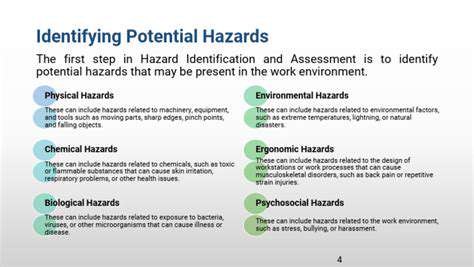
Pet-Proofing Your Home for the Holidays
Protecting Your Pet During Holiday Festivities
Holiday chaos disrupts pet routines. New smells (perfumes, cooking aromas), unfamiliar voices, and disrupted sleep schedules heighten anxiety. Observe your pet's baseline behavior now to spot deviations later. A normally aloof cat seeking constant attention or a social dog hiding signals distress.
Securing Potential Hazards
Conduct a paws-eye view inspection. Crawl through your home to spot temptations: dangling tree ornaments, gift ribbons, or unattended drinks. Use museum putty to secure decor. Replace toxic potpourri with pet-safe simmer pots (apple cider + cinnamon sticks).
Creating a Safe Space
Elevate safe zones beyond basic crates. For dogs, try a covered playpen with sound-dampening mats. Cats appreciate vertical escapes—wall shelves or cat trees near windows distract with outdoor views. Plug-in pheromone diffusers work best when active 24/7 for at least a week pre-event.
Managing Guest Interactions
Assign a pet ambassador—a guest who knows your animal well to monitor interactions. Teach kids the Be a Tree method: stand still with arms folded if a pet seems scared. Keep leashes/harnesses handy for quick control during unexpected door dashes.
Pet-Proofing Your Home
Post-holiday, audit your space. Check for: escaped ornament hooks under furniture, half-eaten treats in couch cushions, or chewed wiring. January sees a spike in foreign body surgeries—stay vigilant.
Managing Pet Anxiety
For severe cases, explore vet-approved tools: compression wraps (Thundershirt), prescription diets (Royal Canin Calm), or CBD products (choose third-party tested). Record anxiety episodes—duration and triggers help your vet tailor solutions.

